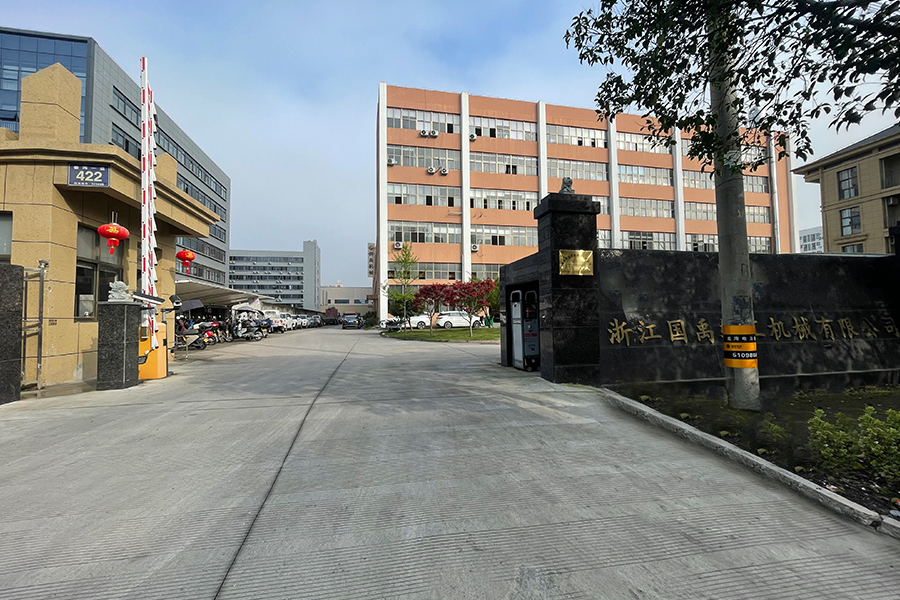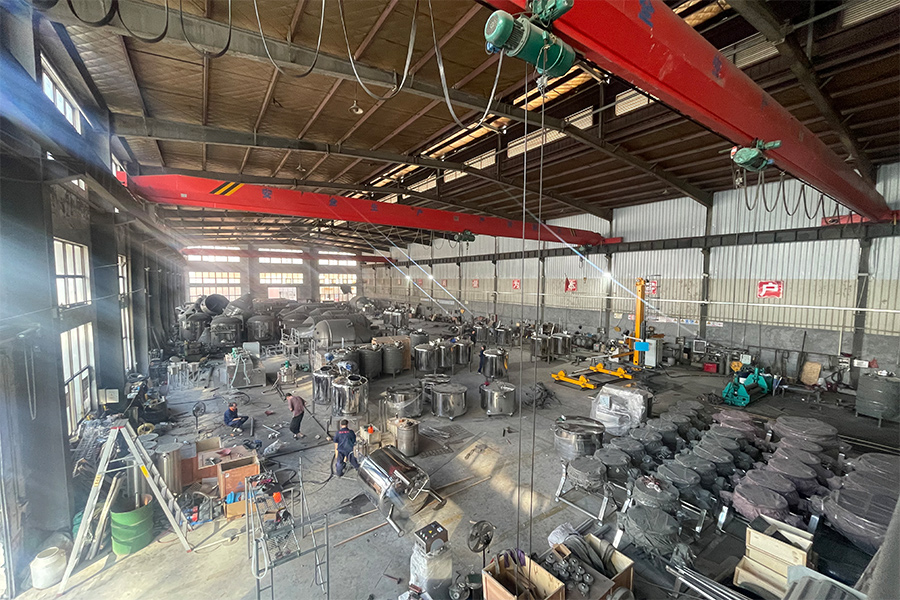-
 [email protected]
[email protected]
-
 +86-13706666922
+86-13706666922

Stainless steel chemical mixing tanks are essential equipment in various industrial sectors, including chemical processing, pharmaceuticals, cosmetics, and food manufacturing. These tanks are specifically designed for the safe, efficient, and uniform blending of chemical substances. Their durable construction and resistance to corrosion make them a preferred choice for handling a wide range of liquid and semi-solid materials.
Stainless steel chemical mixing tanks are typically made from stainless steel grades such as 304 or 316L. These materials offer good resistance to corrosion, particularly when dealing with reactive or acidic chemicals. The tanks are often designed with a cylindrical body, flat or conical bottom, and are supported by legs or a platform for stability.
Stainless steel chemical mixing tanks are industrial vessels used for blending, heating, and cooling chemical substances. Made from corrosion-resistant stainless steel, they ensure durability and cleanliness. Equipped with agitators and control systems, these tanks support safe and uniform processing in industries like chemicals, pharmaceuticals, cosmetics, and food manufacturing.
Many tanks include a jacketed or double-walled structure, allowing heating or cooling fluids to circulate between the layers. This feature supports precise temperature control during mixing, which is essential for certain chemical reactions or material stability.
One of the critical components of a chemical mixing tank is the agitation system. Stainless steel chemical mixing tanks are equipped with various types of agitators based on the viscosity and nature of the material being processed. Common agitator types include:
Propeller mixers: Suitable for low-viscosity fluids.
Turbine mixers: Provide moderate to high shear for thorough blending.
Anchor or paddle mixers: Ideal for high-viscosity or sticky materials.
High-shear mixers: Used for emulsification, dispersion, or breaking down particle size.
The agitator can be mounted on the top, bottom, or side of the tank, and variable speed drives may be used for better control over the mixing process.
To meet various operational requirements, stainless steel chemical mixing tanks may be fitted with:
Temperature sensors: To monitor and regulate internal heat.
Pressure gauges and safety valves: For pressure-sensitive processes.
Manholes and sight glasses: Allow for easy inspection and maintenance.
Level indicators: For tracking fluid volume inside the tank.
CIP (Clean-in-Place) systems: For automated cleaning and sanitation.
These features enhance the safety, functionality, and cleanliness of the tank, especially in regulated industries like pharmaceuticals and food processing.
Stainless steel chemical mixing tanks are used in diverse applications such as:
Chemical blending: Combining multiple raw materials to produce industrial chemicals, detergents, or solvents.
Pharmaceutical processing: Preparing drug formulations, syrups, or suspensions under controlled conditions.
Cosmetic manufacturing: Mixing creams, lotions, and gels that require uniform texture and stability.
Water treatment: Blending chemicals like chlorine or coagulants in treatment facilities.
Paints and coatings: Dispersing pigments and additives into base liquids for color uniformity and consistency.
These tanks offer several advantages in industrial processing:
Corrosion resistance: Essential for handling reactive chemicals without degradation.
Hygienic surfaces: Smooth, easy-to-clean surfaces reduce contamination risk.
Thermal stability: Capable of handling processes requiring heating or cooling.
Customization: Can be built to suit specific volume, pressure, and temperature needs.
Stainless steel chemical mixing tanks are reliable and versatile tools for controlled chemical processing. Their robust construction, adaptability, and compatibility with automation systems make them suitable for both small-scale and large-scale production environments. When selected and maintained properly, they contribute to efficient operations and consistent product quality across a wide range of industries.







